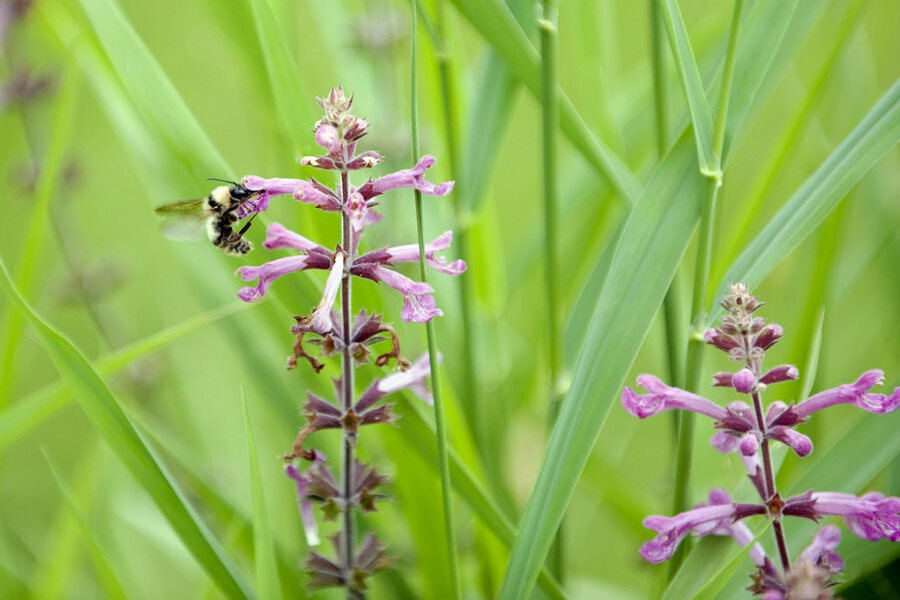What a decline of biodiversity below 'safe' threshold means for Earth
Loading...
About 58 percent of land on earth has dropped below the biodiversity safe limit, due largely to human land use practices, says a new study published Thursday in Science.
The study, conducted by Tim Newbold, a post-doctoral scientist and the Centre for Biodiversity and Environment Research at University College London, aimed to analyze the level of biodiversity on the planet, but its impacts reach further than ecology, affecting food production, personal well-being, and the money that ties it all together.
“The Newbold study is a huge step in our ability to quantify and to understand biodiversity,” Tom Oliver, associate professor of landscape ecology at the University of Reading in England, tells the Monitor. “The next step is trying to reduce the uncertainty about what the decline in biodiversity might mean for humans."
Greater biodiversity ensures that an ecosystem’s food chain is protected and that the extinction, or migration, of any given species will not cause that ecosystem to collapse. For humans, who rely much more tangentially on their ecosystems than most species, biodiversity allows for crop pollination, waste decomposition, and regulation of the global carbon cycle that supports all human activities on earth.
The study was based on a Biodiversity Intactness Index (BII), which measures changes in species abundances across the globe and places a safe limit of species decline at 90 percent of the total population that would exist in a pristine version of that habitat – one free of human activity. Once populations drop below that threshold, scientists fear there will be a tipping point at which one species goes extinct, causing a domino effect that leads to the collapse of the ecosystem.
Dr. Newbold analyzed 39,100 species living in 18,600 locations across the globe to determine that, on average, 58 percent of the Earth’s land surface has dropped below the 90 percent threshold, leaving just 84.6 percent of original species. And even when accounting for the emergence of new species, the researchers found that global biodiversity has still fallen below 88 percent.
“What falling below the boundary means is that we are entering a space where we are not sure what the consequences will be,” Newbold told the Monitor. “We don’t know if we will see problems immediately, but we know that biodiversity is important for making sure that ecosystem functions continue into the future even when the environment changes.”
While 58 percent of the land on earth is suffering from declining biodiversity, not all land has been affected equally. Newbold found that grasslands used for grazing and crops have been impacted the worst, whereas the tundra, which has relatively little human activity, has fared better.
Biodiversity loss is not only a blow to the scientific community and the natural world, but could be costly as well. A 2014 study estimated that the services provided by biodiversity, such as pollination of crops by insects that the food industry relies on, are worth between $4.3 and $ 20.2 trillion per year.
“There are also impacts for just the everyday person,” Dr. Oliver says. “Whether we know it or not, the environment around us impacts our psychological well-being and although we may be able to survive in reduced conditions in terms of simplified biodiversity, for humans to actually thrive it is going to become much more apparent that an intact nature and a high level of biodiversity can promote that psychological well-being.”
According to Oliver, it will be these two factors – impact on the economy and impact on the individual – that will be most important in persuading governments to enact new policies and people to lower their personal demand on the environment in order to curb biodiversity decline.
“We can try to preserve what is left of the natural habitat by creating protected areas and we can also where possible try to restore natural habitat,” Newbold says. “People should care, if not for biodiversity’s sake itself, because we know that biodiversity supports a lot of important functions, a lot of things we as humans rely on.”








